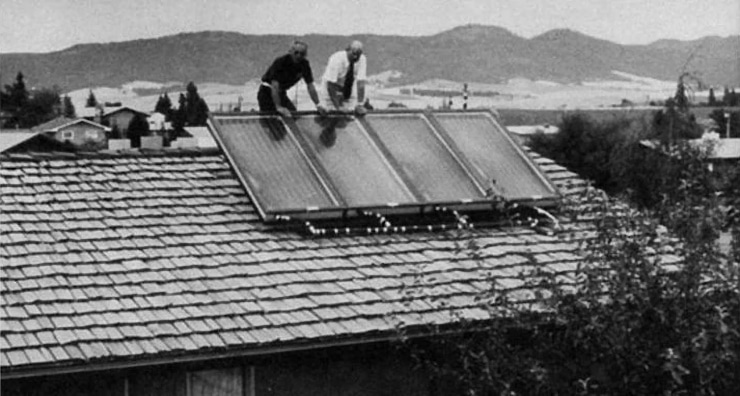
Solar panels are a crucial part of our modern push for clean energy, but have you ever wondered when they were first invented? The truth is, that solar energy has been around for much longer than most people realize. From the ancient discovery of sunlight’s potential to the advanced solar panels we use today, solar power has a fascinating history.
In this blog, I’ll walk you through the key milestones in the invention of solar panels, so, let’s dive into the history of solar power and discover how it all began.
Early Beginnings: The Discovery of Photovoltaic Effect (1839)
The foundation of solar panel technology was laid in 1839 when a French physicist named Edmond Becquerel discovered the photovoltaic effect. He found that certain materials could generate electricity when exposed to light, marking the first step toward harnessing solar energy. However, it would take decades before this discovery was put into practical use.
At that time, nobody imagined the far-reaching impact this discovery would have on the future of renewable energy. It was a groundbreaking moment, but it took nearly a century for the photovoltaic effect to evolve into usable technology.
The First Solar Cell: Charles Fritts and 1883
Fast forward to 1883, when American inventor Charles Fritts created the first-ever solar cell using selenium and a thin layer of gold. This early version of the solar panel was not very efficient, converting less than 1% of sunlight into electricity. Still, it was a breakthrough in the history of solar energy and paved the way for future developments.
While Fritts’ solar cells weren’t efficient enough to be commercially viable, his work laid the groundwork for scientists to explore the potential of solar power.
It’s amazing to think that these rudimentary cells would eventually evolve into the sleek, highly efficient panels we see on rooftops today.
The Dawn of Modern Solar Panels: Bell Labs and 1954
The real breakthrough came in 1954 when Bell Laboratories in the U.S. created the first practical silicon solar cell. Unlike Fritts’ selenium-based version, silicon cells were far more efficient, converting around 6% of sunlight into electricity. This marked the birth of the modern solar panel as we know it.
The Bell Labs solar cells were initially developed for space applications—in fact, they were used to power satellites. But soon, the potential of solar energy on Earth became evident. Over time, scientists continued to improve the efficiency and reduce the cost of solar cells, making them accessible for residential and commercial use.
Solar Energy’s Role in Space Exploration
It’s worth mentioning that solar power made its way into space before it became mainstream on Earth. In 1958, NASA’s Vanguard I satellite became the first spacecraft to use solar cells, proving that solar energy was reliable even in the harsh conditions of space.
This application further accelerated the development of solar technology, leading to advances in both the efficiency and durability of solar panels. Space exploration continues to be an important testing ground for cutting-edge solar technology.
Solar Panels in the 21st Century: A Global Revolution
By the early 2000s, solar panel technology had matured to the point where it became a viable option for homes and businesses. Advances in manufacturing and a growing emphasis on sustainability helped reduce the costs of solar energy. This allowed solar panels to become a major player in the global energy market, especially in countries like Pakistan, where the demand for renewable energy is high due to frequent power outages and rising electricity costs.
Today, the efficiency of commercial solar panels has improved dramatically, with the best models converting over 20% of sunlight into electricity.
The rapid growth of the solar industry shows no signs of slowing down, with experts predicting that solar power will play a key role in the future of global energy.
The Future of Solar Panels
Looking ahead, solar panel technology continues to evolve. Researchers are working on next-generation solar cells, like perovskite-based solar panels, which promise even higher efficiency and lower costs. There are also innovations in solar storage technology that allow excess energy to be stored for use during cloudy days or at night.
As the world continues to shift toward renewable energy, solar power will undoubtedly remain at the forefront of the movement toward sustainability.
A Bright Future for Solar Energy
The invention of solar panels has come a long way since the early 1800s, from the discovery of the photovoltaic effect to the sleek, high-efficiency systems we use today. As the world becomes more environmentally conscious, solar panels offer a sustainable solution that not only helps reduce our carbon footprint but also saves us money in the long run.
If you’re considering making the switch to solar, now is the perfect time. Solar panels are more efficient and affordable than ever, making them an excellent investment for both your home and the environment. And if you’re still curious about the specific benefits of solar panels, check out my blog post, What Are the Benefits of Solar Panels? for more insights.







